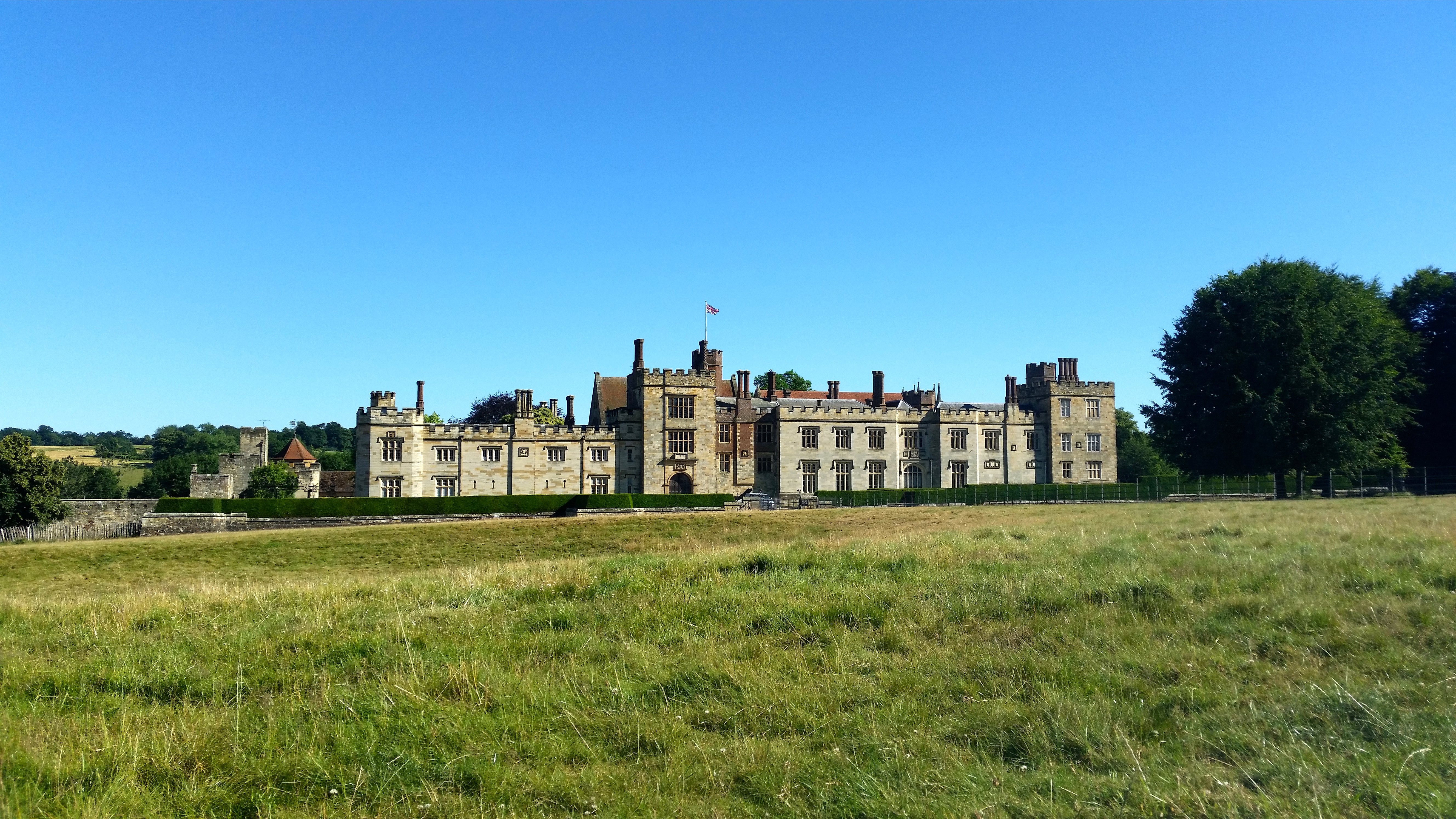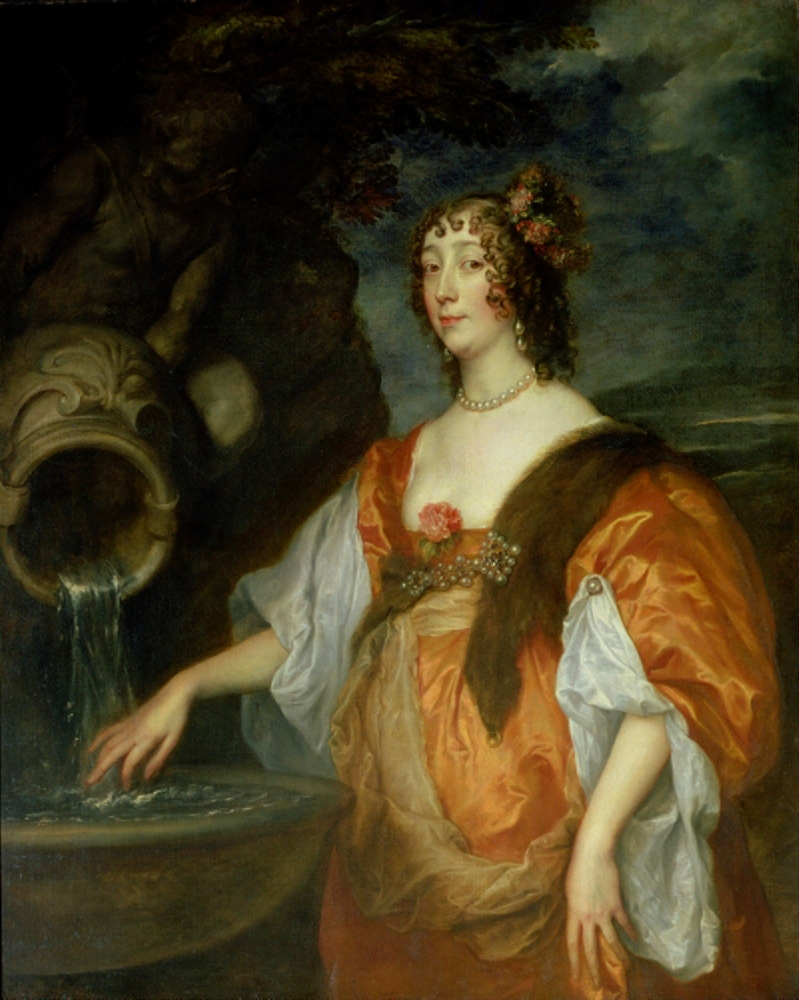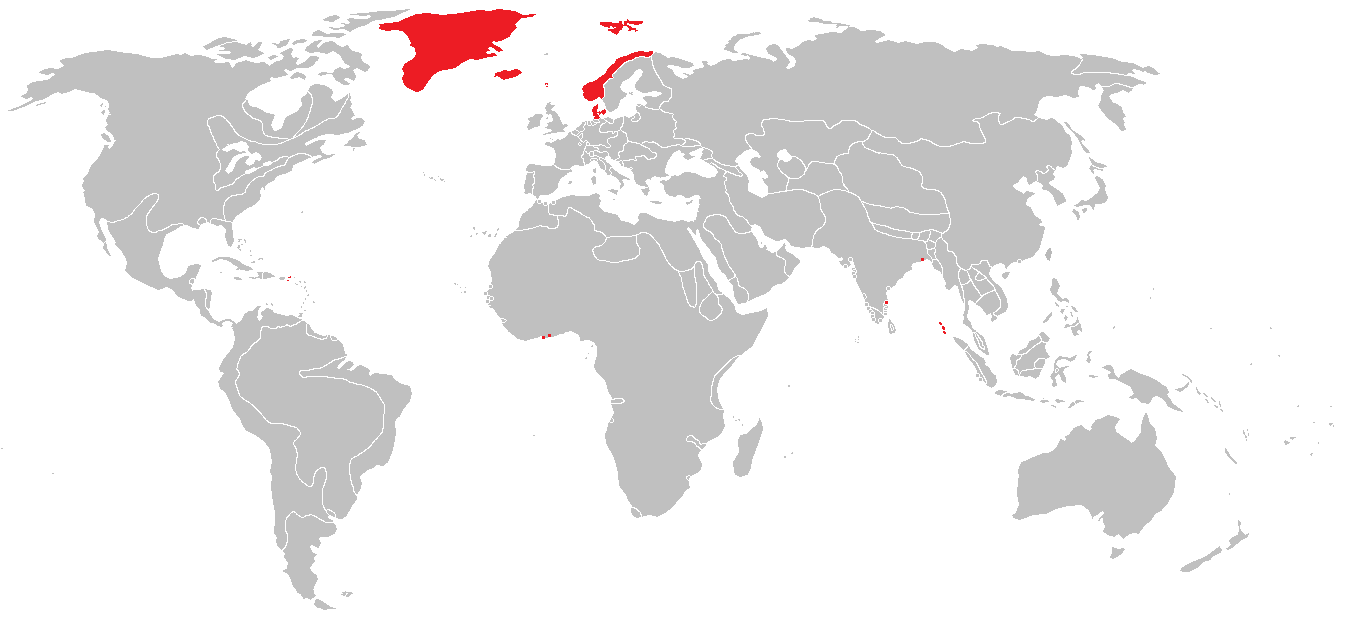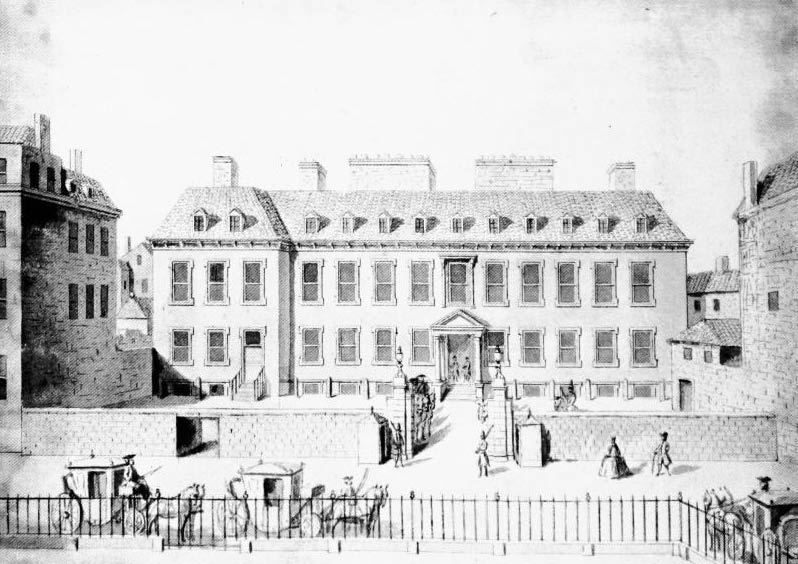|
Robert Sydney, 2nd Earl Of Leicester
Robert Sidney, 2nd Earl of Leicester (1 December 1595 – 2 November 1677) was an English diplomat and politician who sat in the House of Commons between 1614 and 1625 and then succeeded to the peerage as Earl of Leicester. Life Sidney was born at Baynard's Castle in London, the son of Robert Sidney, 1st Earl of Leicester, and his first wife, Barbara Gamage. He was educated at Christ Church, Oxford. In 1610 he was created Knight of the Bath when Prince Henry was created Prince of Wales. He was elected Member of Parliament for Wilton in 1614. Sidney served in the army in the Netherlands during his father's governorship of Flushing, and was given command of an English regiment in the Dutch service in 1616. In 1618 he became a member of Gray's Inn. In 1620 he had a disagreement with James Hay, Viscount Doncaster, who was his brother-in-law, having married Lucy Percy. He wrote that Hay seemed cold to him, despite their wives being friendly. They argued at Petworth, Sidney struggle ... [...More Info...] [...Related Items...] OR: [Wikipedia] [Google] [Baidu] |
Penshurst
Penshurst is a historic village and civil parish located in a valley upon the northern slopes of the Kentish Weald, at the confluence of the River Medway and the River Eden, within the Sevenoaks district of Kent, England. The village is situated between the market town of Tonbridge and the spa town of Royal Tunbridge Wells, some south of Sevenoaks. Penshurst and its neighbouring village, Fordcombe, recorded a combined population of some 1,628 at the 2011 Census. The majority of the parish falls within the High Weald Area of Outstanding Natural Beauty, and the village is itself a conservation zone, with controls on the landscape ensuring the protection of its woodland and fields. There are several listed buildings in the village. The village is the home of two historic estates. Penshurst Place, formerly owned by King Henry VIII, sits at the centre of the village in the valley, while Swaylands is situated at the top of Rogues Hill on the outskirts of the village. History The ... [...More Info...] [...Related Items...] OR: [Wikipedia] [Google] [Baidu] |
Lucy Hay, Countess Of Carlisle
Lucy Hay, Countess of Carlisle (''née'' Percy; 15995 November 1660) was an English courtier known for her beauty and wit. She was involved in many political intrigues during the English Civil War. Life She was born Lady Lucy Percy, the second daughter of Henry, Earl of Northumberland (the famous "Wizard Earl") and his wife Lady Dorothy Devereux. In 1617, she became the second wife of James Hay, 1st Earl of Carlisle. Her charms were celebrated in verse by contemporary poets, including Thomas Carew, William Cartwright, Robert Herrick and Sir John Suckling, and by Sir Toby Matthew in prose. In 1626, she was appointed Lady of the Bedchamber to Henrietta Maria, Queen of England.Robert Wilche: The Discontented Cavalier: The Work of Sir John Suckling in Its Social, Religious, Political and Literal Context (2007) She soon became a favourite of the queen, and participated in two of her famous masque plays. She was a conspicuous figure at the court of King Charles I. A contempor ... [...More Info...] [...Related Items...] OR: [Wikipedia] [Google] [Baidu] |
Charles Lambart, 1st Earl Of Cavan
Charles Lambart, 1st Earl of Cavan (c. March 1600 – 25 June 1660) was an Anglo-Irish Royalist soldier and peer. Lambart was the son of Oliver Lambart, 1st Baron Lambart and Hester Fleetwood. He served as the Member of Parliament for Bossiney in Cornwall in 1626, and again between 1628 and 1629. He had succeeded to his father's barony on 10 June 1618 but as this was a title in the Peerage of Ireland, he was not secluded from sitting in the House of Commons of England. Lambart was Seneschal of Cavan and of Kells in 1627 and made a member of the Privy Council of Ireland. Following the Irish Rebellion of 1641, he raised a regiment of 1,000 foot guards against the Roman Catholic rebels. ''Cracroft's Peerage: The Complete Guide to the British Peerage & Baronetage''; accessed 12 April 2016. He was subsequently the commander of the forces guarding ... [...More Info...] [...Related Items...] OR: [Wikipedia] [Google] [Baidu] |
Charles I Of England
Charles I (19 November 1600 – 30 January 1649) was King of England, Scotland, and Ireland from 27 March 1625 until Execution of Charles I, his execution in 1649. He was born into the House of Stuart as the second son of King James VI of Scotland, but after his father inherited the English throne in 1603, he moved to England, where he spent much of the rest of his life. He became heir apparent to the kingdoms of England, Scotland, and Ireland in 1612 upon the death of his elder brother, Henry Frederick, Prince of Wales. An unsuccessful and unpopular attempt to marry him to the Spanish Habsburg princess Maria Anna of Spain, Maria Anna culminated in an eight-month visit to Spain in 1623 that demonstrated the futility of the marriage negotiation. Two years later, he married the House of Bourbon, Bourbon princess Henrietta Maria of France. After his 1625 succession, Charles quarrelled with the Parliament of England, English Parliament, which sought to curb his royal prerogati ... [...More Info...] [...Related Items...] OR: [Wikipedia] [Google] [Baidu] |
George Monck, 1st Duke Of Albemarle
George Monck, 1st Duke of Albemarle JP KG PC (6 December 1608 – 3 January 1670) was an English soldier, who fought on both sides during the Wars of the Three Kingdoms. A prominent military figure under the Commonwealth, his support was crucial to the Restoration of Charles II in 1660, who rewarded him with the title Duke of Albemarle and other senior positions. The younger son of an impoverished Devon landowner, Monck began his military career in 1625 and served in the Eighty Years' War until 1638, when he returned to England. Posted to Ireland as part of the army sent to suppress the Irish Rebellion of 1641, he quickly gained a reputation for efficiency and ruthlessness. After Charles I agreed to a truce with the Catholic Confederacy in September 1643, he was captured fighting for the Royalists at Nantwich in January 1644 and remained a prisoner for the next two years. Released in 1647, he was named Parliamentarian commander in Eastern Ulster, fought in Scotland under ... [...More Info...] [...Related Items...] OR: [Wikipedia] [Google] [Baidu] |
Dublin
Dublin (; , or ) is the capital and largest city of Republic of Ireland, Ireland. On a bay at the mouth of the River Liffey, it is in the Provinces of Ireland, province of Leinster, bordered on the south by the Dublin Mountains, a part of the Wicklow Mountains range. At the 2016 census of Ireland, 2016 census it had a population of 1,173,179, while the preliminary results of the 2022 census of Ireland, 2022 census recorded that County Dublin as a whole had a population of 1,450,701, and that the population of the Greater Dublin Area was over 2 million, or roughly 40% of the Republic of Ireland's total population. A settlement was established in the area by the Gaels during or before the 7th century, followed by the Vikings. As the Kings of Dublin, Kingdom of Dublin grew, it became Ireland's principal settlement by the 12th century Anglo-Norman invasion of Ireland. The city expanded rapidly from the 17th century and was briefly the second largest in the British Empire and sixt ... [...More Info...] [...Related Items...] OR: [Wikipedia] [Google] [Baidu] |
Thomas Wentworth, 1st Earl Of Strafford
Thomas Wentworth, 1st Earl of Strafford, (13 April 1593 ( N.S.)12 May 1641), was an English statesman and a major figure in the period leading up to the English Civil War. He served in Parliament and was a supporter of King Charles I. From 1632 to 1640 he was Lord Deputy of Ireland, where he established a strong authoritarian rule. Recalled to England, he became a leading advisor to the King, attempting to strengthen the royal position against Parliament. When Parliament condemned Lord Strafford to death, Charles reluctantly signed the death warrant and Strafford was executed. He had been advanced several times in the Peerage of England during his career, being created 1st Baron Wentworth in 1628, 1st Viscount Wentworth in 1629, and, finally, 1st Earl of Strafford in January 1640. He was known as Sir Thomas Wentworth, 2nd Baronet, between 1614 and 1628. Early life Wentworth was born in London. He was the son of Sir William Wentworth, 1st Baronet, of Wentworth Woodhouse, near ... [...More Info...] [...Related Items...] OR: [Wikipedia] [Google] [Baidu] |
Lord Lieutenant Of Ireland
Lord Lieutenant of Ireland (), or more formally Lieutenant General and General Governor of Ireland, was the title of the chief governor of Ireland from the Williamite Wars of 1690 until the Partition of Ireland in 1922. This spanned the Kingdom of Ireland (1541–1800) and the United Kingdom of Great Britain and Ireland (1801–1922). The office, under its various names, was often more generally known as the Viceroy, and his wife was known as the vicereine. The government of Ireland in practice was usually in the hands of the Lord Deputy up to the 17th century, and later of the Chief Secretary for Ireland. Role The Lord Lieutenant possessed a number of overlapping roles. He was * the representative of the King (the "viceroy"); * the head of the executive in Ireland; * (on occasion) a member of the English or British Cabinet; * the fount of mercy, justice and patronage; * (on occasion) commander-in-chief in Ireland. * Grand Master of the Order of St. Patrick Prior to the Ac ... [...More Info...] [...Related Items...] OR: [Wikipedia] [Google] [Baidu] |
Denmark–Norway
Denmark–Norway (Danish and Norwegian: ) was an early modern multi-national and multi-lingual real unionFeldbæk 1998:11 consisting of the Kingdom of Denmark, the Kingdom of Norway (including the then Norwegian overseas possessions: the Faroe Islands, Iceland, Greenland, and other possessions), the Duchy of Schleswig, and the Duchy of Holstein.Feldbæk 1998:21f, 125, 159ff, 281ff The state also claimed sovereignty over three historical peoples: Frisians, Gutes and Wends.Feldbæk 1998:21 Denmark–Norway had several colonies, namely the Danish Gold Coast, the Nicobar Islands, Serampore, Tharangambadi, and the Danish West Indies.Feldbæk 1998:23 The union was also known as the Dano-Norwegian Realm (''Det dansk-norske rige''), Twin Realms (''Tvillingerigerne'') or the Oldenburg Monarchy (''Oldenburg-monarkiet'') The state's inhabitants were mainly Danes, Norwegians and Germans, and also included Faroese, Icelanders and Inuit in the Norwegian overseas possessions, a Sami minori ... [...More Info...] [...Related Items...] OR: [Wikipedia] [Google] [Baidu] |
Leicester Square
Leicester Square ( ) is a pedestrianised square in the West End of London, England. It was laid out in 1670 as Leicester Fields, which was named after the recently built Leicester House, itself named after Robert Sidney, 2nd Earl of Leicester. The square was originally a gentrified residential area, with tenants including Frederick, Prince of Wales and the artists William Hogarth and Joshua Reynolds. It became more down-market in the late 18th century as Leicester House was demolished and retail developments took place, becoming a centre for entertainment. Several major theatres were built in the 19th century, which were converted to cinemas towards the middle of the next. Leicester Square is the location of nationally significant cinemas such as the Odeon Leicester Square, Empire, Leicester Square, which are often used for film premieres (and the now closed Odeon West End). The nearby Prince Charles Cinema is known for its screenings of cult films and marathon film runs. The ... [...More Info...] [...Related Items...] OR: [Wikipedia] [Google] [Baidu] |
Leicester House, Westminster
Leicester House was a large aristocratic townhouse in Westminster, London, to the north of where Leicester Square now is. Built by the Earl of Leicester and completed in 1635, it was later occupied by Elizabeth Stuart, a former Queen of Bohemia, and by the Hanoverian Princess of Wales. From 1775 to 1788, the Leverian collection was on display in Leicester House. The house was sold and demolished in 1791. History Leicester House was named for Robert Sidney, 2nd Earl of Leicester, who bought four acres of land in this part of Westminster, St Martin's Field, intending to build a new town house there. The area was not then built up, and the only nearby buildings were the armoury of the Military Company in Westminster to the north and the new town house of Sir William Howard, called Newport House, to the east.Sheppard (1966)pp. 441–472/ref> In August 1631, King Charles I ordered his Attorney General, Sir Robert Heath, to prepare a licence for Leicester to build a house "wit ... [...More Info...] [...Related Items...] OR: [Wikipedia] [Google] [Baidu] |
Monmouthshire (UK Parliament Constituency)
Monmouthshire was a county constituency of the House of Commons of Parliament of England from 1536 until 1707, of the Parliament of Great Britain from 1707 to 1801, and of the Parliament of the United Kingdom from 1801 to 1885. It elected two Members of Parliament (MPs). In 1885 the Monmouthshire constituency was divided to create North Monmouthshire, South Monmouthshire and West Monmouthshire. Boundaries The Monmouthshire constituency covered the county of Monmouth, except that from 1832 there was a borough constituency, Monmouth Boroughs, within the county. Members of Parliament MPs 1542–1885 MPs 1654–1660 MPs 1660–1885 Election results Elections in the 1830s Elections in the 1840s Williams resigned by accepting the office of Steward of the Chiltern Hundreds, causing a by-election. Somerset was appointed Chancellor of the Duchy of Lancaster, requiring a by-election. Somerset's d ... [...More Info...] [...Related Items...] OR: [Wikipedia] [Google] [Baidu] |








